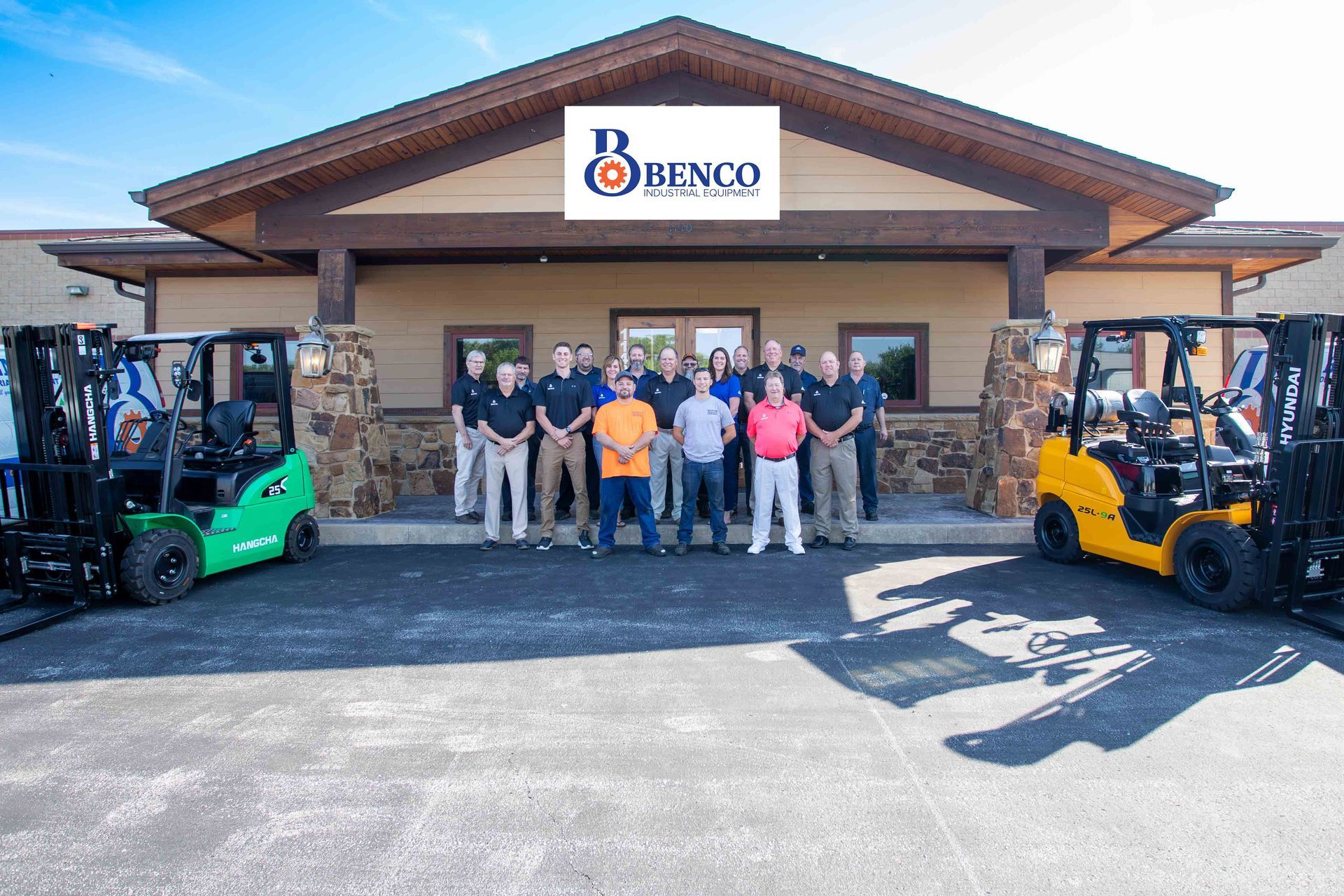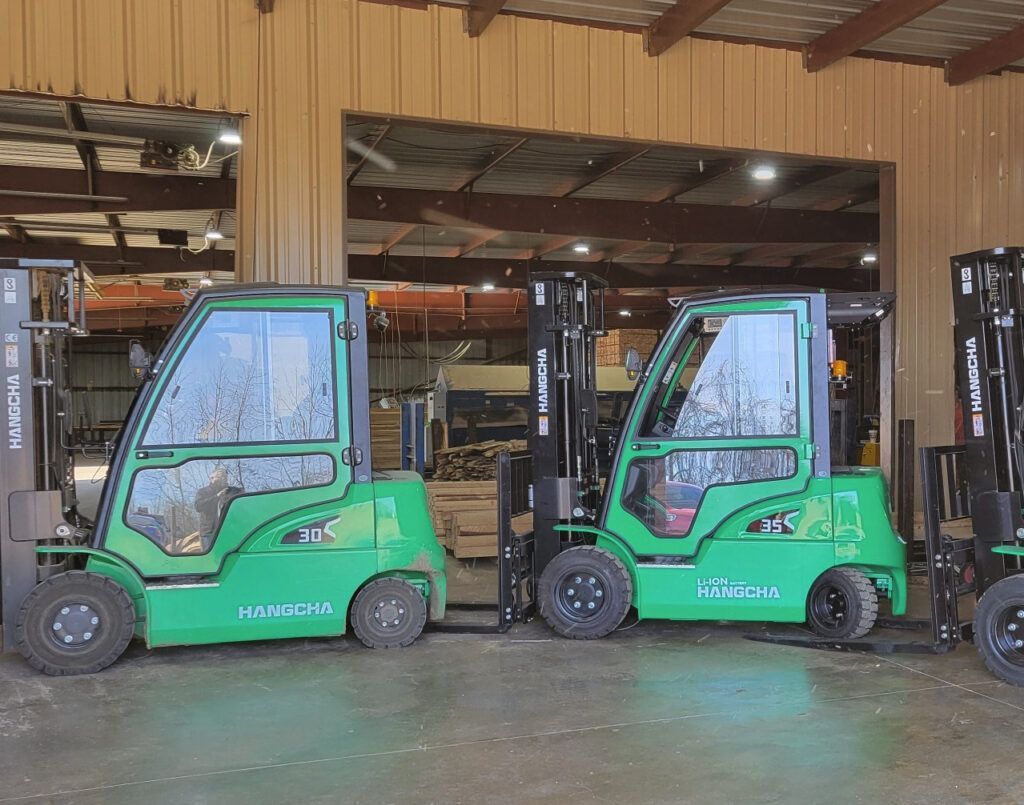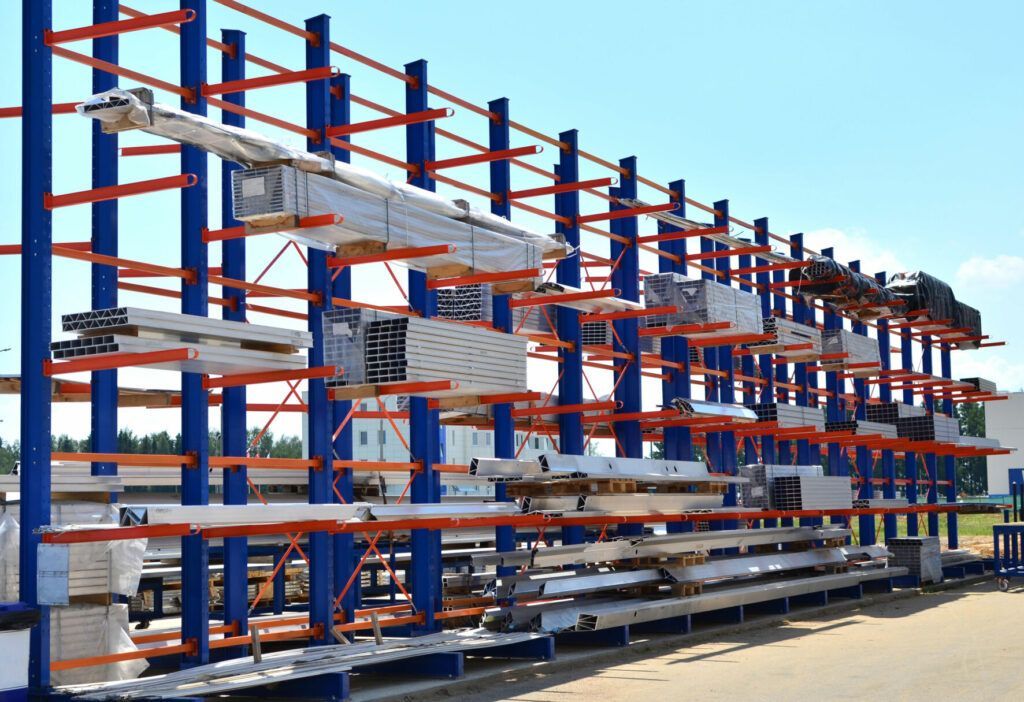Common Inventory Management Mistakes
Effective inventory management practices influence the success of each warehouse, the supply chain, and the business at large. Inventory management involves many moving parts and elements – everything from the product catalog to the warehouse space to tracked KPIs.
Experienced warehouse managers know that no matter how fool-proof your inventory management systems are, there’s always room to improve and prepare for unexpected circumstances. Let’s discuss common inventory management mistakes (and what to do instead).
Overstocking or Understocking
One of the most prevalent inventory management mistakes is maintaining too much or too little inventory. Overstocking ties up valuable capital and warehouse space, leading to increased carrying costs and a higher risk of obsolescence. On the other hand, understocking can result in stockouts, backorders, and dissatisfied customers.
Businesses should leverage historical sales data, market trends, and advanced forecasting techniques to accurately predict demand and optimize inventory levels.
Inaccurate Demand Forecasting
Businesses are prone to making costly inventory planning errors without precise demand forecasting. Relying on outdated data or flawed forecasting methods can lead to inefficiencies and missed opportunities. By utilizing advanced analytics and predictive modeling, businesses can better anticipate shifts in demand, seasonal fluctuations, and emerging trends, allowing for more informed inventory decisions and improved responsiveness to customer needs.
Lack of Inventory Visibility
Poor visibility into inventory levels across multiple locations or channels can result in operational inefficiencies and errors. Without real-time data on stock levels and movement, businesses may struggle to fulfill orders on time, leading to customer dissatisfaction and lost sales.
Implementing integrated inventory management systems that provide comprehensive visibility into inventory across the supply chain can help businesses optimize inventory allocation, reduce stockouts, and improve overall operational performance.

Using Manual Inventory Management Processes
Relying on manual inventory management processes, such as spreadsheets or handwritten records, increases the likelihood of errors, delays, and inaccuracies. Manual methods are time-consuming, prone to human error, and lack scalability.
Investing in automated inventory management solutions can streamline operations, improve accuracy, and enhance efficiency. Warehouse management should automate routine tasks such as stock replenishment, order processing, and inventory tracking. That way, businesses can reduce costs, minimize errors, and free up resources for strategic initiatives.
Ignoring Seasonality and Trends
Failure to adjust inventory levels based on seasonal demand patterns or emerging trends can result in excess inventory or stockouts. Businesses must closely monitor market trends, consumer behavior, and seasonal fluctuations to optimize inventory levels and minimize obsolescence.
Historical data can be a secret weapon for warehouse operations. Using this data means leveraging market intelligence and allows businesses to anticipate shifts in demand, adjust inventory levels accordingly, and capitalize on emerging opportunities.
Poor Supplier Management
Inefficient supplier relationships can lead to delayed shipments, quality issues, and supply chain disruptions. Businesses should prioritize establishing strong communication channels with suppliers; this is easier said than done — but management can focus on negotiating favorable terms and diversifying their supplier base to mitigate risks.
By fostering collaborative partnerships with reliable suppliers, businesses can enhance supply chain resilience, reduce lead times, and improve overall supply chain performance.

Work With Benco Industrial Equipment
Effective inventory management is essential for businesses seeking long-term success in the competitive marketplace. Embracing advanced technologies, leveraging data-driven insights, and adopting best practices in inventory management will position businesses for sustainable growth.
Our Benco Industrial Equipment team offers personalized assistance and consultation to help you find the best solutions for your warehouse needs. Contact us today to explore our range of industrial equipment and services and take the first step toward elevating your warehouse to new heights.




